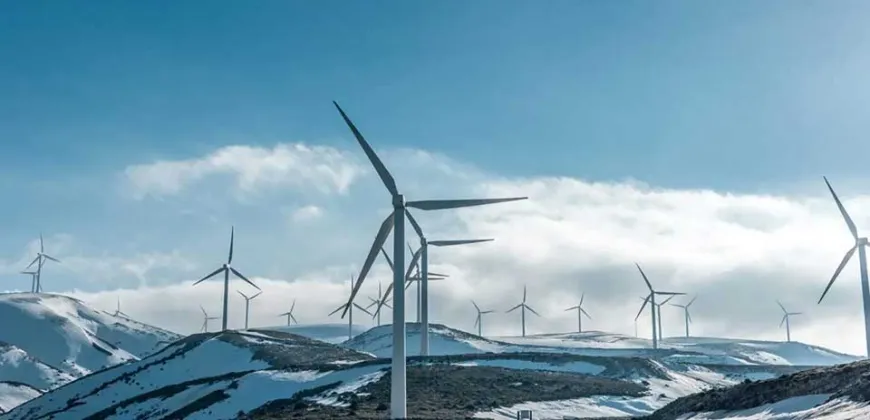Leaving diesel behind
Dean Gesuri’s capstone project for the Master of Engineering Leadership in Clean Energy Engineering modelled optimal scenarios for two First Nations communities in BC who want to transition away from diesel power to renewable energy sources.

Many First Nations communities in British Columbia that rely on diesel generation for heat and power want to become energy self-sufficient – with the added benefit of reducing energy costs and emissions.
For her capstone project, Master of Engineering Leadership (MEL) in Clean Energy Engineering student Dean Gesuri worked with Barkley Project Group to assess the feasibility of renewable energy technologies to meet the needs of two diesel-powered First Nations communities.
Suri attended a Clean Energy BC event in May 2022 where she networked with local industry leaders, including the president of Barkley Project Group.
She was impressed by the consulting company’s commitment to working with Indigenous communities on renewable energy projects, having worked on comparable projects as an energy analyst in her professional career in Indonesia. Suri followed up with the organization after the conference to ask if she could work with them as part of her capstone project.
Her project focused on two remote First Nations communities: Mowachaht Muchalaht, a community of just over 600 residents on Vancouver Island’s west coast, and Dzawada’enuxw, a community of 533 residents located in a remote area on the mainland, just across from Vancouver Island.
Both communities are already in the process of making the transition away from diesel power. Mowachaht Muchalaht has signed a deal for a 100 kW on-shore wave energy system, and Dzawada’enuxw is developing a 350 kW hydropower project that will be complete in 2023 and will replace over 90 percent of the diesel fuel currently being used.
Suri reviewed the data provided by Barkley on each community’s historic energy use and requirements. She then used HOMER Pro to complete the technical and economic analysis, simulating the operation of the microgrid over time to examine the pros and cons of different system types and optimize the least-cost options.
“I ran five scenarios for the first community and three for the second to determine the most viable option based on net present cost, levelized cost of energy, operational costs and renewable fraction,” she explains.
She also looked at options for storing energy when more electricity is generated by renewable supply than is needed. This included both lithium battery storage as well as a hydrogen storage system with hydrogen produced through commercially accessible alkaline electrolyzers or proton exchange membranes.
The results of her study showed that it was indeed technically and economically feasible for both communities to move away from a sole reliance on diesel power. “For example, in Mowachaht Muchalaht, the base case scenario for diesel power is $1.47 per kilowatt hour,” she explains.
“Generally speaking, a hybrid system of solar power and diesel power lowered costs to $0.89 per kilowatt hour. Adding a hydrogen storage system to store energy for use when solar power increases costs to $0.95 per kilowatt hour. However, the value of hydrogen storage is to allow for longer-term storage, reduced excess electricity and increased renewable energy fraction, making it a useful option for remote communities.”
The MEL in Clean Energy Engineering offers a unique interdisciplinary curriculum that brings together technical and business courses. Suri says she used the knowledge she’d gained in her courses – along with her considerable professional experience – to complete the capstone project.
“This is a great program if you want to shift your career to learn about new technical areas on the one hand and sustainability and business concepts on the other,” she says.



